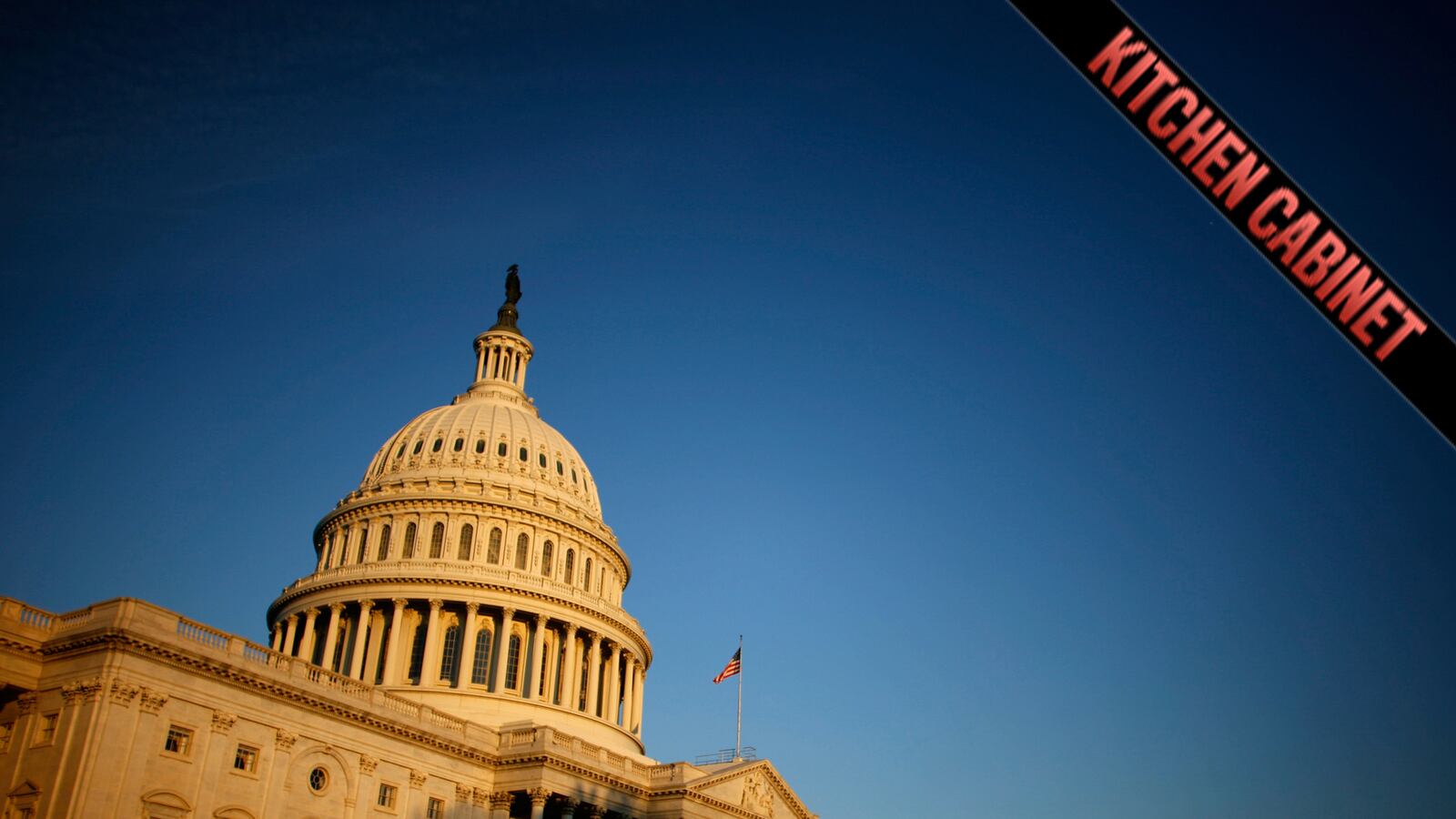While the government rolls towards its next toxic deadline—authorizing a new debt ceiling limit—the policy stalemate seems to be deepening. We are surely a nation divided when it comes to government spending. But we aren’t a nation divided when it comes to shutdowns and defaults. Polls show most Americans believe the battle has gone too far. So as we lurch toward the next “fail-safe” milestone, there must be a way out for both sides.
Looking back at some of the mutually destructive conflicts between labor unions and companies, there are cases like International Harvester’s 1979-1980 strike, in which opposing positions became so publicly entrenched that neither side could negotiate effectively. More recently, we recall Hostess Brands’ strike which ended the company altogether. Recalling these now makes the situation in DC feel so eerie—so many people wanting the two sides to resolve the conflict, yet so little progress has been made and so little hope that the situation will improve.
In response to the great labor disputes, binding arbitration came into favor as a concept to get working Americans back to work and to resolve seemingly unresolvable conflict while minimizing collateral damage. It has since emerged as the most effective way to resolve even the most contentious conflicts. So what can we learn from binding arbitration and how can we apply it to the Congressional gridlock?
Plenty. Binding arbitration is a process in which two sides select an impartial third party to resolve an issue. The third party can be a group or an individual and must be a neutral or independent force. What makes binding arbitration so effective is the imperative that both sides must agree up front to support the outcome. In some cases, binding arbitration results in a win-win outcome; other times, it results in a lose-lose outcome. But generally speaking, the greater good is protected.

Back in 2010, we assumed we had a way to “arbitrate” the budget problem with the Simpson-Bowles Commission. Members of that commission were politically divided. But when they came together in what worked like an arbitration process, they found common ground. The problem? Simpson-Bowles was non-binding.
So here is my suggestion: Congress re-charters Simpson-Bowles. The charter includes fundamental goals related to both tax reform and spending cuts that will deliver a responsible budget. House and Senate leadership, along with President Obama, would publicly agree up front to support and implement the recommendations of this Commission. The aspect which mimics a binding component is agreement by Boehner and Reid that each floor will give the recommendations an up or down vote. Both sides agree to end the government shutdown immediately. Both sides agree to a debt ceiling authorization that will adequately cover the projected spending budgeted for a period of at least one year. Gone would be the specific attack on the Affordable Care Act—that should take the shape of ordinary committee work to fix the problems with that law. Both sides will lose on some key areas; both sides would win on some issues.
While the philosophical root causes of the divide will no doubt linger, such action will bring an end to the forces of grave uncertainty that pose greatest risk to our economy. A little lose-lose can go a long way toward achieving a big win for the American people.






